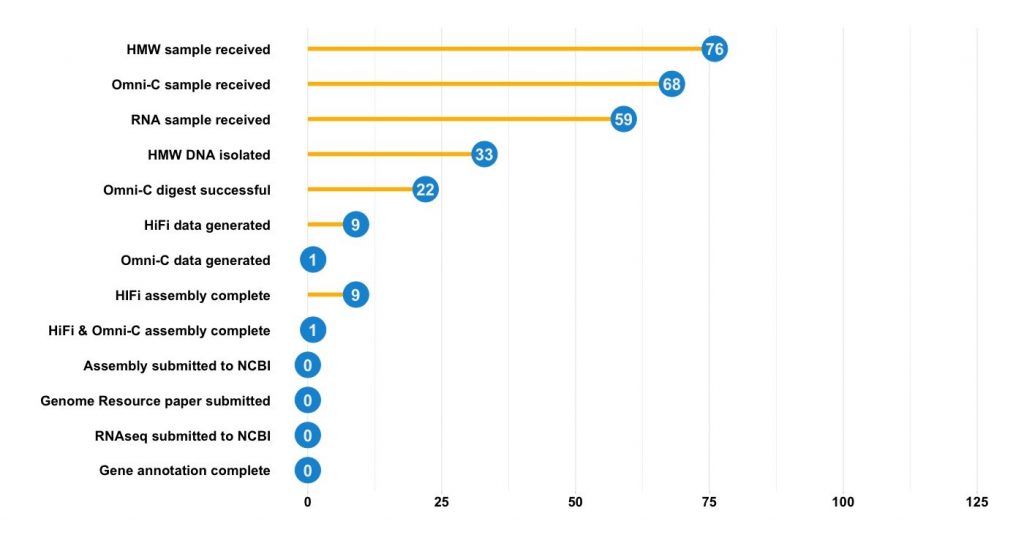The world is changing. Fast. High quality reference genomes have become essential tools in understanding the processes that shape patterns of diversity. They offer new ways to study longstanding taxing problems including interactions among drift, migration, and selection and the prevalence of adaptation versus gene flow in marine metapopulations. They provide, with various other kinds of genomic data, windows onto the past and into the future of populations, species, and communities.
This site aims to briefly introduce a variety of collaborative comparative projects seeking to use genomics to better understand the interactions of marine organisms with their environments and with each other.
Why comparative analyses? Very simply, it is one of the oldest and most powerful approaches in biology. It offers the ability to understand the diversity of life in the seas by associating the differences/similarities in genomic data with differences/similarities in phylogeny and function. Through these associations, we start on the path toward understanding causes and consequences.
Why marine genomes? Marine systems are in many ways alien to humans, so they are easy to misunderstand; the massive abundance of many of the organisms featured here, as well as the tremendous evolutionary distance from the majority of well characterized genomes, which are predominantly of terrestrial organisms, means that we may expect novel findings in marine species.

